Burning Down the House
After the first fire, expectations were that the plant would resume full production sometime in the first quarter of this year, although that timeline seems to be in jeopardy currently, although the company has stated that they do not expect a change to the previous restoration timeline. This Unimicron plant produces boards for Qualcomm’s (QCOM) 5G Application Processor, and is also part of Apple’s (AAPL) iPhone supply chain, so production constraints are a sensitive issue. There are other FCCSP sources, such as Samsung Electro-Mechanics (009150.KS), Daeduck Electronics (353200.KS), and Korea Circuit (007810.KS) that can also produce same, but given how tight the market was going it, we expect buyers will have to pay up to garner supply to offset the Unimicron issue

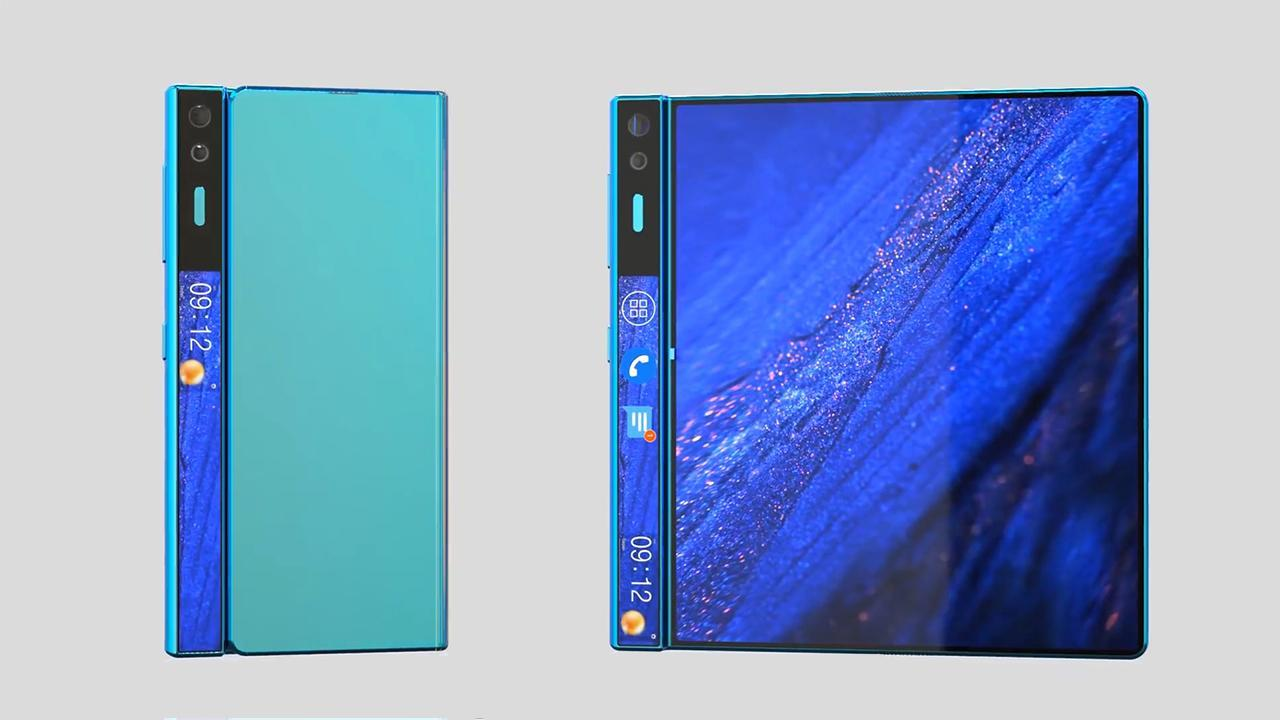
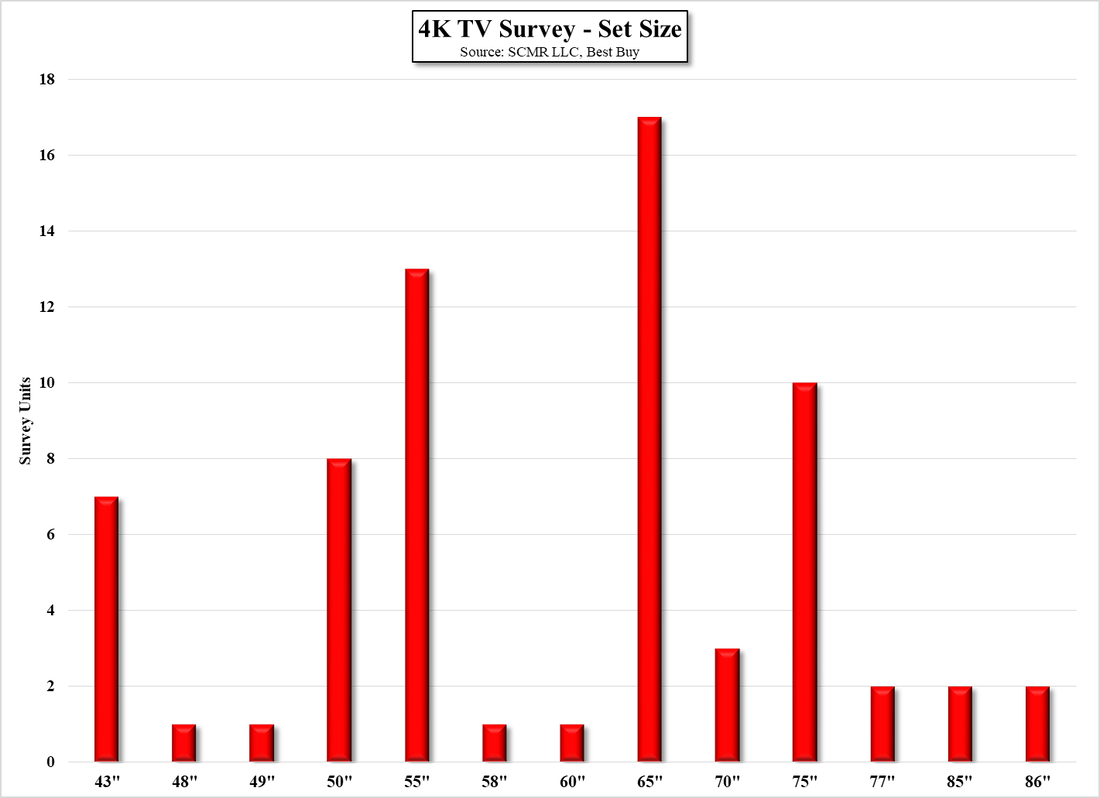
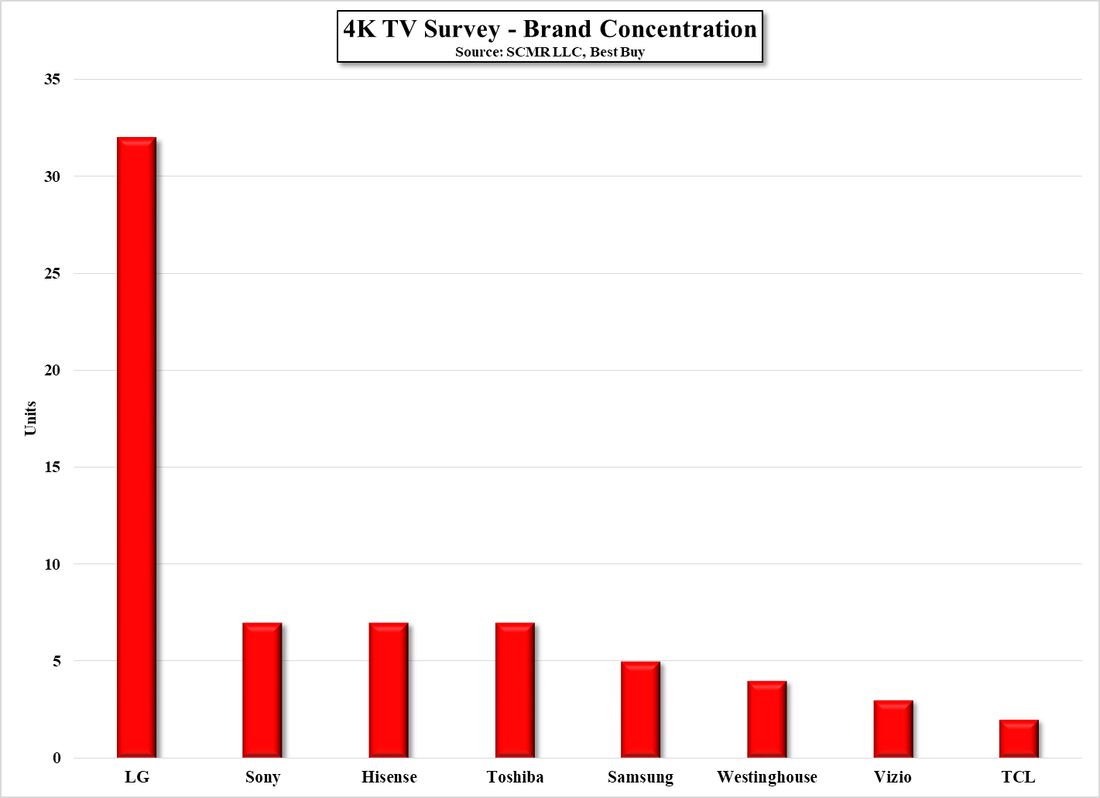
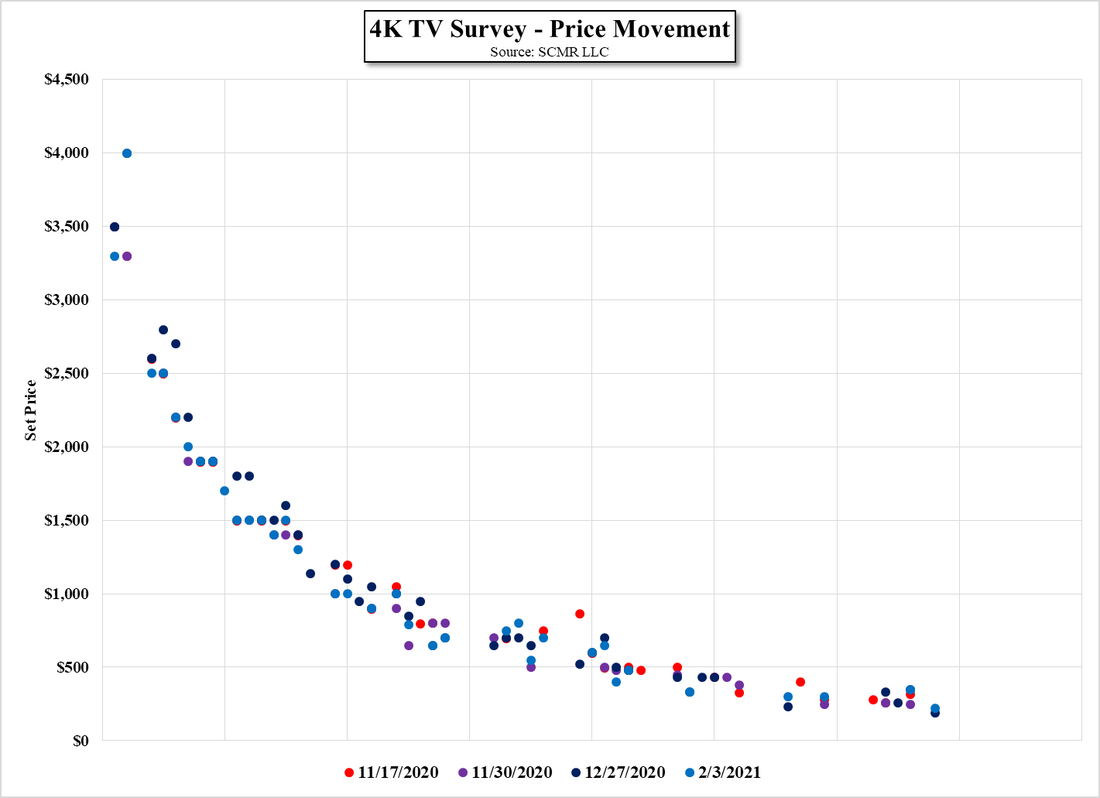
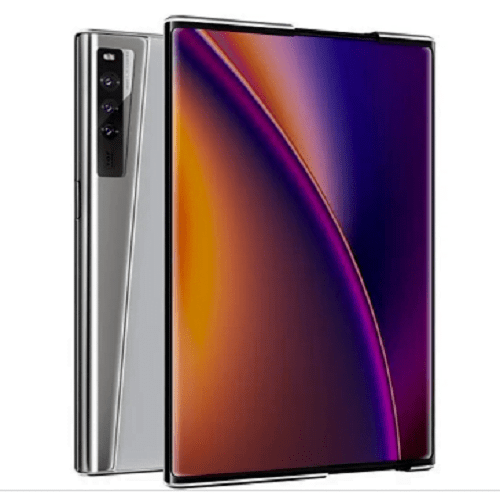
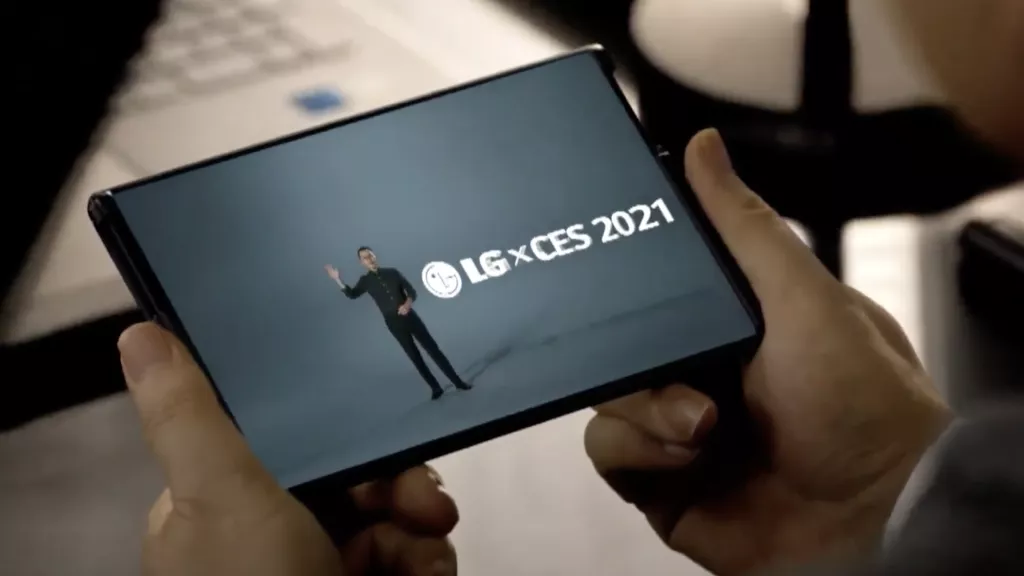
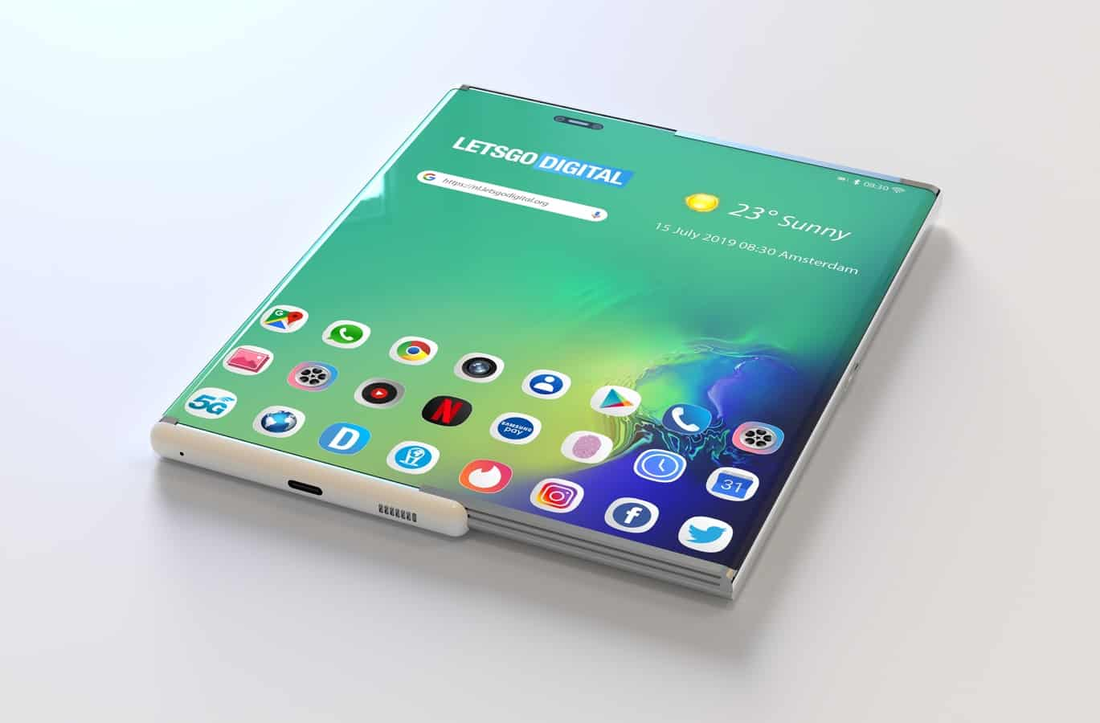



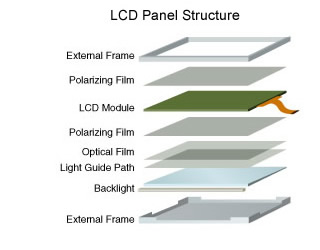
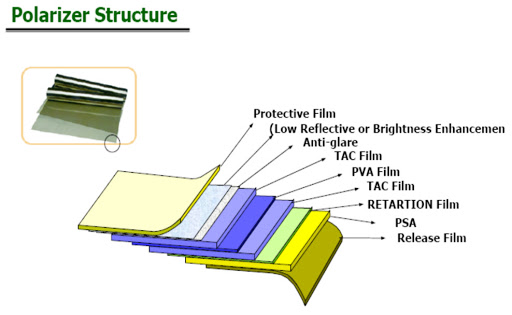
 RSS Feed
RSS Feed